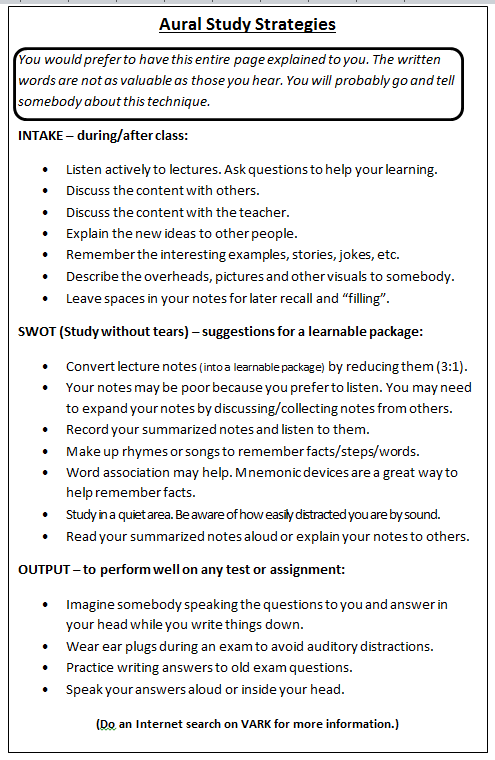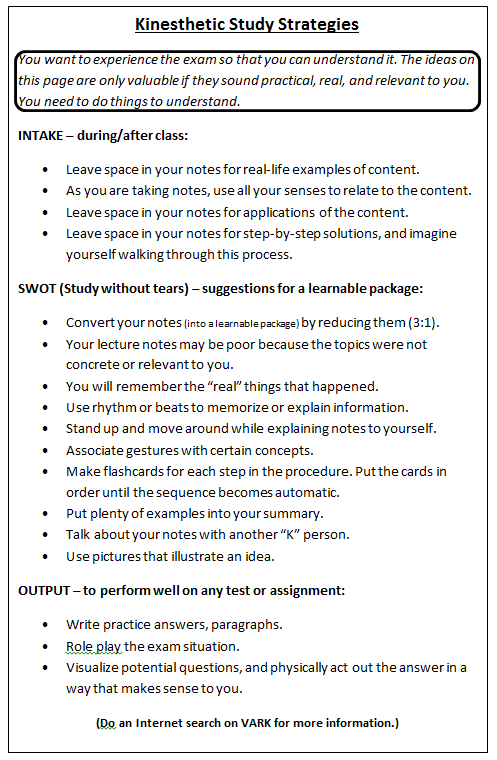Okay, after 17 years of teaching, maybe I WON'T leave everything until the last minute, because I think I've just finished all my 1st day things. Hah! Who am I fooling. This is a fluke. Soon it will be back to business as usual. This year is different, though, because I think I'm going to fly out for the weekend before school starts to see my turning-80-years-old dad, so I won't have those 2 days to get ready.
I did just remake my 1st day in-class activity for precalculus. It really has nothing to do with precal, but that's the class I'll use it in. I like my calculus activity from last year and will do it again, and for digital electronics, I'm going to have them do a DE thing, and for CS, they will be coding independently from day 1.
I was inspired by this activity from KFouss. Woot! Internet Searches!
Here is my version:
These will be done by the kids in class while I'm snapping pictures and calling roll and passing out a seating chart and passing out more information.
Saturday, July 26, 2014
Thursday, July 24, 2014
Who Vacuumed Up All the Summer?
Sheesh! I just realized that I only have 2 unstructured-ish weeks left of summer. Must. Soak. Up. Fun.
I did enjoy doing a crafty thing by knitting and felting a "bowl" for a friend (just look away from the glaring error that SOMEONE was too "zen" to fix):
And I have revised my first-day homework assignment:
And I'm trying to sit less by sprinkling exercise in throughout the day via a checklist:
Other than that ....
I did enjoy doing a crafty thing by knitting and felting a "bowl" for a friend (just look away from the glaring error that SOMEONE was too "zen" to fix):
And I have revised my first-day homework assignment:
And I'm trying to sit less by sprinkling exercise in throughout the day via a checklist:
Other than that ....
Tuesday, July 15, 2014
Studying Tips for Students
I recently attended a CS workshop for teachers, and if you live in TX, I highly recommend it for next summer. We learned a variety of things, and though some topics were not immediately adaptable to taking back to the classroom, they still were fascinating things you could mention to your students or adapt in some way to your population. Example, did you know that your brain doesn't have to process how to walk (for the most part), the mechanics of the motion are stored in your spinal cord.
One of the talks was on effective teaching, and the presenter mentioned VARK, which I had never heard of. This stands for visual/aural/read-write/kinesthetic, and, of course, refers to learning styles. What I found useful in the talk was actual suggestions on how students could study for and take exams more effectively than they may be doing currently. The hand out was not in a form I would hand out, so I made my own version on half pages for the students to tape in their composition notebooks on the first day of class for future reference. I culled from the VARK website and others that offered tangible ideas.
Online they have a questionnaire for the kids to take to determine which type they are (yay, first night's homework!). I like that you can choose more than one answer for each question and that you could be a "multi-modal" learner. There are different versions of the questionnaire for adults and such (do a search on VARK).
I want the students to tape in ALL four styles into their notebooks because they may find helpful ideas from a mix of strategies.
One of the talks was on effective teaching, and the presenter mentioned VARK, which I had never heard of. This stands for visual/aural/read-write/kinesthetic, and, of course, refers to learning styles. What I found useful in the talk was actual suggestions on how students could study for and take exams more effectively than they may be doing currently. The hand out was not in a form I would hand out, so I made my own version on half pages for the students to tape in their composition notebooks on the first day of class for future reference. I culled from the VARK website and others that offered tangible ideas.
Online they have a questionnaire for the kids to take to determine which type they are (yay, first night's homework!). I like that you can choose more than one answer for each question and that you could be a "multi-modal" learner. There are different versions of the questionnaire for adults and such (do a search on VARK).
I want the students to tape in ALL four styles into their notebooks because they may find helpful ideas from a mix of strategies.
Thursday, July 03, 2014
Geometry Idea
Next year will be the 2nd year in a row I haven't taught geometry, but I had an inkling of an unformed idea for a possible exploratory activity. Whoa! Doesn't that sound like you just want to jump on it and use it the FIRST day of school (far far away from now).
I was in an Airport Shuttle and staring mindlessly out the window and saw a building wall made up of tessellated hexagons. Then I remembered how learned about angle sums of polygons in class by separating various polygons into triangles from one vertex and noticing a pattern [(#vertices - 2)*180].
Let's use the pentagon for an example of my future I-can't-use-it idea. Kids most likely don't know that there are 3*180 or 540 total degrees in all the interior angles of a pentagon. I was thinking of (for the pentagon group) having the kids use 10 pieces of spaghetti taped on 5 different scraps of paper to form 5 different angles. Then they would measure the angles and get a total sum of the 5 angles. Then they would try to manipulate the 5 taped down "2 sides and a vertex" scraps of paper to try to form a pentagon.
I'm thinking there would be 4 or so people in a group, and they would each have a different sum they would most likely come up with. Most likely a pentagon won't be able to be formed unless they happen upon a 540 degree sum.
Then maybe they could try again. Then maybe they could see what works and get that sum (having a human error discussion at some point for measuring mistakes). I'm also thinking there would be different groups with 4 sides and 6 sides (3, too??). In this way, they can see the tactical things that go wrong with angles that don't "fit". Then there would be a follow up summary and pattern.
Next post: things I could teach in 6th grade math ..... KIDDING
I was in an Airport Shuttle and staring mindlessly out the window and saw a building wall made up of tessellated hexagons. Then I remembered how learned about angle sums of polygons in class by separating various polygons into triangles from one vertex and noticing a pattern [(#vertices - 2)*180].
Let's use the pentagon for an example of my future I-can't-use-it idea. Kids most likely don't know that there are 3*180 or 540 total degrees in all the interior angles of a pentagon. I was thinking of (for the pentagon group) having the kids use 10 pieces of spaghetti taped on 5 different scraps of paper to form 5 different angles. Then they would measure the angles and get a total sum of the 5 angles. Then they would try to manipulate the 5 taped down "2 sides and a vertex" scraps of paper to try to form a pentagon.
I'm thinking there would be 4 or so people in a group, and they would each have a different sum they would most likely come up with. Most likely a pentagon won't be able to be formed unless they happen upon a 540 degree sum.
Then maybe they could try again. Then maybe they could see what works and get that sum (having a human error discussion at some point for measuring mistakes). I'm also thinking there would be different groups with 4 sides and 6 sides (3, too??). In this way, they can see the tactical things that go wrong with angles that don't "fit". Then there would be a follow up summary and pattern.
Next post: things I could teach in 6th grade math ..... KIDDING
Subscribe to:
Comments (Atom)









